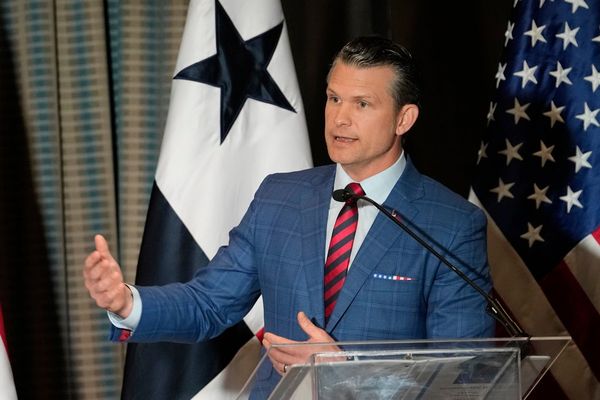
The federal government should step up efforts to recover water in the Murray-Darling Basin, including expanding voluntary buybacks and doing more to hold state governments to account, the Productivity Commission has said in a major report.
Originally agreed in 2012, the plan aimed to recover 2,750 gigalitres a year with an additional 450 GL/y from efficiency measures. But it won’t “be implemented on time or on budget”, with delays inflating costs even as the climate crisis adds to challenges, the commission’s interim review of the plan’s implementation has found.
The review was also critical of previous Coalition governments. The decision to switch from open tenders to “limited” ones was “a slower way to recover large volumes of water”, with “weak transparency” for amounts paid between 2016 and 2019.

“This report confirms what we already knew, that after a decade of sabotage under the Liberals and Nationals, the Murray-Darling basin plan is off track,” said the water minister, Tanya Plibersek. “More than 80% of the water recovered under the plan so far has been under federal Labor governments.”
Plibersek’s office separately released the results of a buyback scheme to recover 44.3 GL across six catchments in New South Wales and Queensland. The tender attracted about 250 responses to sell about twice as much water as offered.
“This is a fantastic signal to governments and communities that voluntary water purchase is a necessary and feasible tool to help meet the targets of the Murray-Darling basin plan,” Plibersek said.
In September the Albanese government introduced legislation to postpone the full implementation of the plan from June 2024 to the end of 2026. The move had the support of the NSW, Queensland, South Australia and the Australian Capital Territory but not Victoria.
The urgency of diverting water use to ensure the environmental health of the basin’s rivers, lakes and wetlands will probably intensify as drought conditions spread across the food bowl region.
Even if the “Restoring Our Rivers” bill is legislated the new pact won’t be enough to implement the plan in full, the Productivity Commission said. “Weak accountability and other underlying risks to basin plan implementation remain,” it said. “Existing funding is also not sufficient.”
As of May, the government had $2.168bn of its committed $9.119bn funding still to spend, the commission said.
Among recovery programs, “purchasing water is by far the quickest and most cost-effective way for governments to obtain water entitlements for environmental use”, it found.
“By contrast, recovering water through water-use efficiency infrastructure projects, both on-farm and off-farm, are more than twice as expensive on average, and can delay – rather than prevent – structural adjustment,” it said.
The current off-farm projects being contracted cost an average $14,800 a megalitre.
Projects that were aimed to deliver 605 GL/year in water savings were likely to fall 190–315 GL/year short if reconciliation against targets takes place before June 2024. Only about half of the 36 measures are expected to be operating.

Similarly, the program to recover an additional 450 GL/year of water via efficiency measures had recovered just 26 GL/year.
Noting widespread concern in farming regions that buybacks reduce economic activity, the commission said governments had to increase support for communities. It also proposed a new government-owned corporate entity to operate at arm’s length from governments as one option to ensure effective implementation of the plan.
The failure of governments to meet water recovery targets meant delivery costs “will be considerably higher than first estimated”, with rising water and construction costs over the past 15 years, the commission said.

Climate climate would add “an ongoing challenge” to water management with the basin expected to get hotter and drier, with more frequent and severe droughts and floods, and greater variability.
“There should be more clarity about how the climate change objectives are measured and assessed,” the report said.
Basin governments should also publicly report on how water resource plans deliver on First Nations objectives and outcomes, and strengthen the capacity of Aboriginal and Torres Strait Islander people to engage in plan activities, the review said.







